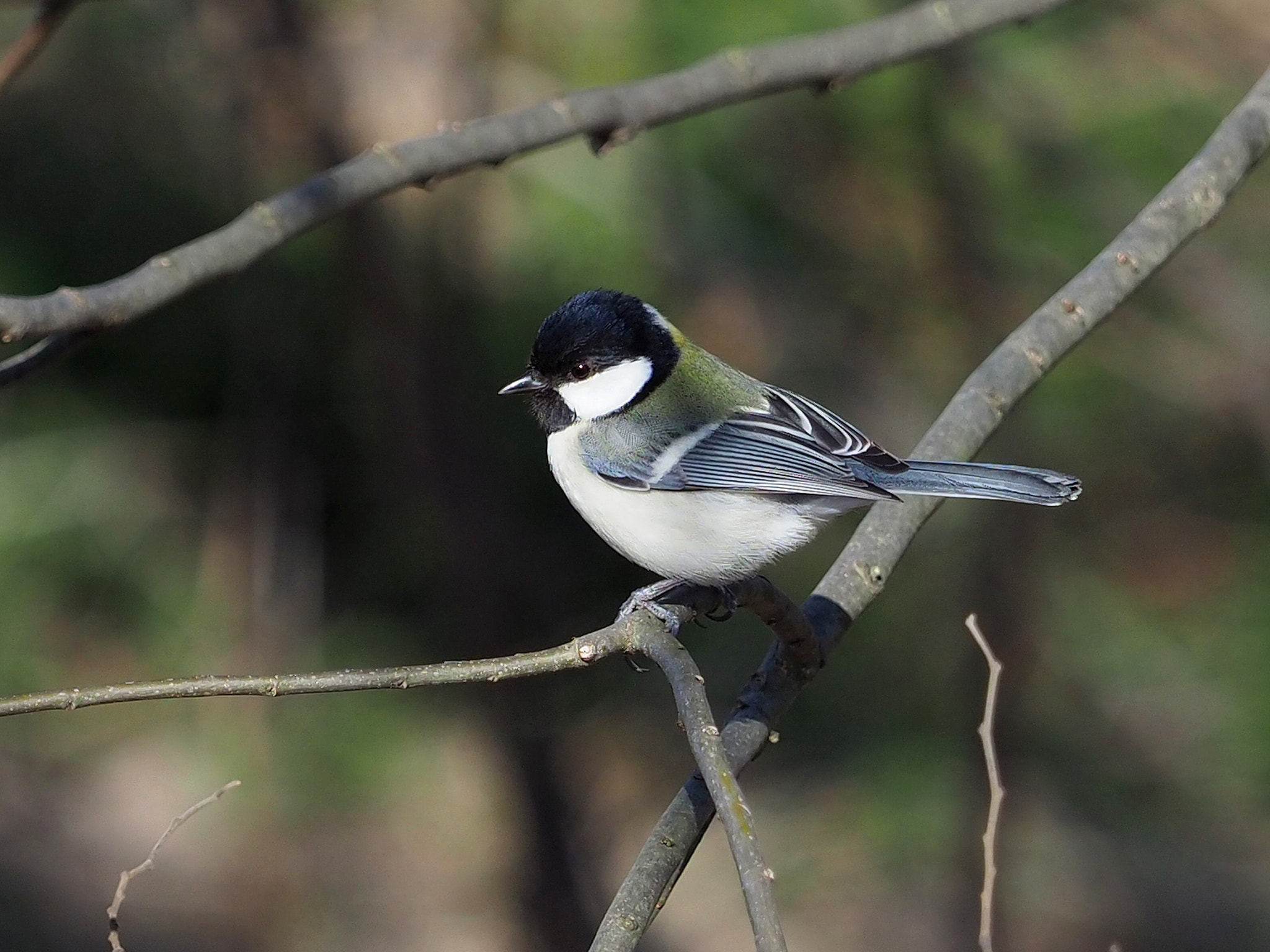Researchers have revealed use of symbolic gestures for communication between partners in Japanese Tit.
The work further challenges the notion that only humans and primates use gestural signals to get their message across, after relatively recent studies on ravens, fish and other animals have shown they can use gestures to point out objects of interest.
Toshitaka Suzuki, associate professor at the University of Tokyo, led the study. Alongside Norimasa Sugita, he monitored eight breeding pairs of Japanese Tit, logging 320 nest visits. Their meticulous observations revealed that a flutter of the wings prompted the other member of the pair to enter the nest first, if they both arrived at the same time.

Symbolic gestures require complex cognitive skills. Female Japanese Tits were shown to signal to their partner to enter the nest first (Greg Peterson via Wikimedia Commons).
The researchers likened this to the human 'after you' gesture, sending a message to the partner bird to enter the tree cavity first.
This visual communication, shown by females, adds to the birds' complex array of specific calls. As it is only performed in the presence of a mate and prompts their entry to the nest without physical contact, Suzuki says it is an example of deliberate communication between partners, and more complex than a simple signal towards an object of interest.
If the female didn't flutter her wings, she tended to enter the nest before the male.
The 'after you' wing-flutter of Japanese Tit is an example of symbolic gesturing, which requires complex cognitive skills.
Suzuki said: "For over 17 years, I have been engaged in the study of these fascinating birds. They not only use specific calls to convey particular meanings, but also combine different calls into phrases using syntactic rules.
"These diverse vocalisations led me to initiate this research into their potential use of physical gestures."
He added: "There is a hypothesis that walking on two legs allowed humans to maintain an upright posture, freeing up their hands for greater mobility, which in turn contributed to the evolution of gestures. Similarly, when birds perch on branches, their wings become free, which we think may facilitate the development of gestural communication.
"We will continue to decipher what birds are talking about through gestures, vocalisations and their combinations. This endeavour not only enables us to uncover the rich world of animal languages, but also serves as a crucial key to unraveling the origins and evolution of our own language."
Reference
Suzuki, T N, and Sugita, N. 2024. The ‘after you’ gesture in a bird. Current Biology, 34(6), R231. DOI: https://doi.org/10.1016/j.cub.2024.01.030

